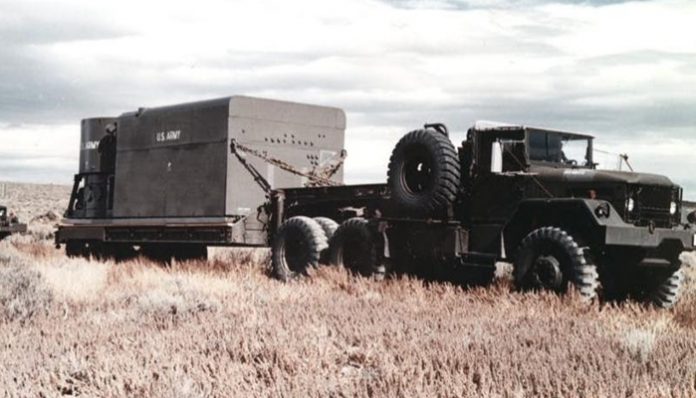
March 9 (UPI) — The Defense Department issued contracts to three companies on Monday to begin design work on small, mobile nuclear reactors for use on U.S. military bases.
The “micoreactors,” with two megawatts of power, would be used by installations and bases affected by potential downed electrical grids, and would reduce the reliance on local power grids under normal situations.
Called “Project Pele” and administered by the Pentagon’s Strategic Capabilities Office at the Idaho National Laboratory, a two-year design process would lead to a single company building a prototype, the Pentagon announced.
“We are pursuing the demonstration of a commercially developed, Nuclear Regulatory Commission-licensed reactor of about two megawatts that could power critical loads at a domestic military installation,” Ellen Lord, defense undersecretary for acquisition and sustainment, said last week. “We have seen some commercial nuclear companies interested in this, and we think it’s a great way to bridge between civil/commercial nuclear and DoD nuclear.”
Mobility and security are major obstacles for the design of the reactor, which would be easily transported by truck, train or plane. The SCO, the Department of Energy and the Nuclear Regulatory Commission agreed to a letter of understanding on the project in 2019.
The project “involves the development of a safe, mobile and advanced nuclear microreactor to support a variety of Department of Defense missions such as generating power for remote operating bases,” said Lt. Col. Robert Carver, a Defense Department spokesman.
Contracts were awarded to Virginia’s BWX Technologies, Inc. for $13.5 million; Westinghouse Government Services of Washington, D.C. for $11.9 million; and Maryland’s X-energy LLC of Maryland, for $14.3 million.
A similar SCO plan, called Project Dilithium, drew concern in 2019 from prominent nuclear scientist Edward Lyman.
“Nuclear reactors deployed at forward operating bases or shipped through war zones would be prime targets of the enemy,” Lyman wrote. “An October 2018 report commissioned by the army’s Deputy Chief of Staff admits, quite reasonably, that exposed mobile nuclear plants would ‘not be expected to survive a direct kinetic attack.’ If commanders need to expend significant resources to protect the reactors or their support systems from military strikes, such reactors could become burdens rather than assets.”






